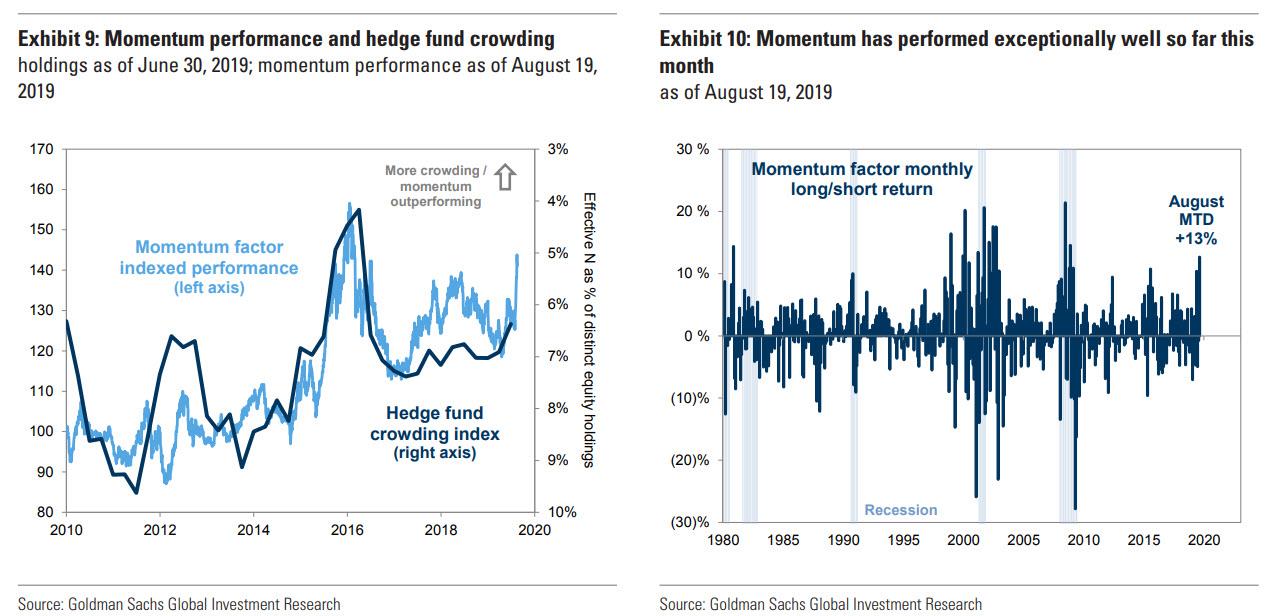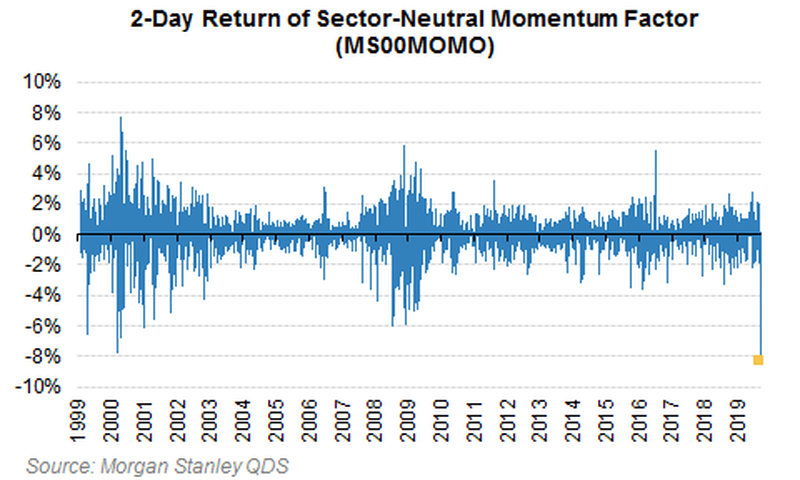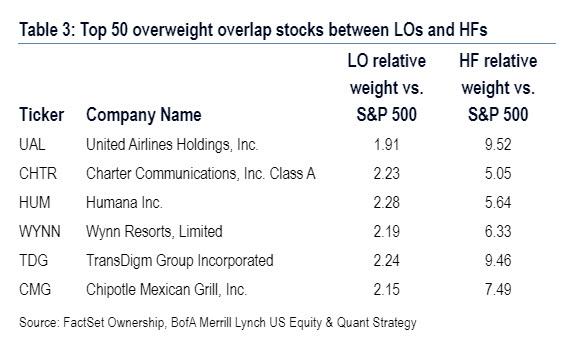“Everyone Owns The Same Stuff”
A little over a month ago, we warned that hedge fund crowding, especially within momentum stocks, had emerged as “one of the biggest market risks”…
… and just a few days later we got the infamous factor crash, as momentum/low beta stocks plunged as value/most shorted names exploded higher, in the process wiping out most YTD gains for the most popular hedge fund factor while the surge in the most hated trade meant that countless hedge funds were left flat for the year after sporting double-digit gains just days earlier.
Yet while the violent moves underscored just how illiquid, and ephemeral, the market has become, and how quickly even the most profitable trades can reverse, the bigger problem revealed by the quant quake, which saw the biggest 2-day losses for sector-neutral momentum factors ever…
… what the events of early September demonstrated is just how great a risk position crowding has become for asset managers.
Commenting on precisely this risk, Bank of America has published a new report in which it warns that “the diversification benefits of investing in different types of asset managers may be more limited than usual” simply because “everyone now owns the same stuff.”
Specifically, in addition to maintaining their now traditional biases toward growth and away from value and yield, BofA finds that “the overlap between the 50 largest stock exposures hit record levels this year.”
This happened as hedge funds cut their net exposure to Utilities, where they have been overweight in first half of this year, down to underweight (0.90x) – similar to “long only’s” persistent underweight in bond-proxy sectors. The key difference between LOs and HFs resides in cyclical versus defensive exposure – hedge funds are far more defensively positioned than LOs, and are one standard deviation below their long-term average exposure to cyclical vs. defensive sectors.
Incidentally, for those asking which stocks have the most overlap between long-only funds and hedge funds, the answer is shown in the chart below.
Meanwhile, despite the recent quant fireworks, BofA finds that even though active managers have historically maintained a bias towards high growth and low yield, the deviation between the two has hit a new record on Monday.
Specifically, among large cap long-only funds, Dividend Yield is now third most neglected factor (0.46x) of 47 factors the bank tracks, while Long-term Growth is one of just three factors where LOs maintain an overweight (1.09x).
In short: last month’s quant quake – while historic – is just the start of what will be a series of violent, massive market reversals as investors find out that if everyone owns the same things, there is nobody left to buy when everyone starts selling at the same time.
Tyler Durden
Wed, 10/02/2019 – 15:45
via ZeroHedge News https://ift.tt/2ptJAqb Tyler Durden




